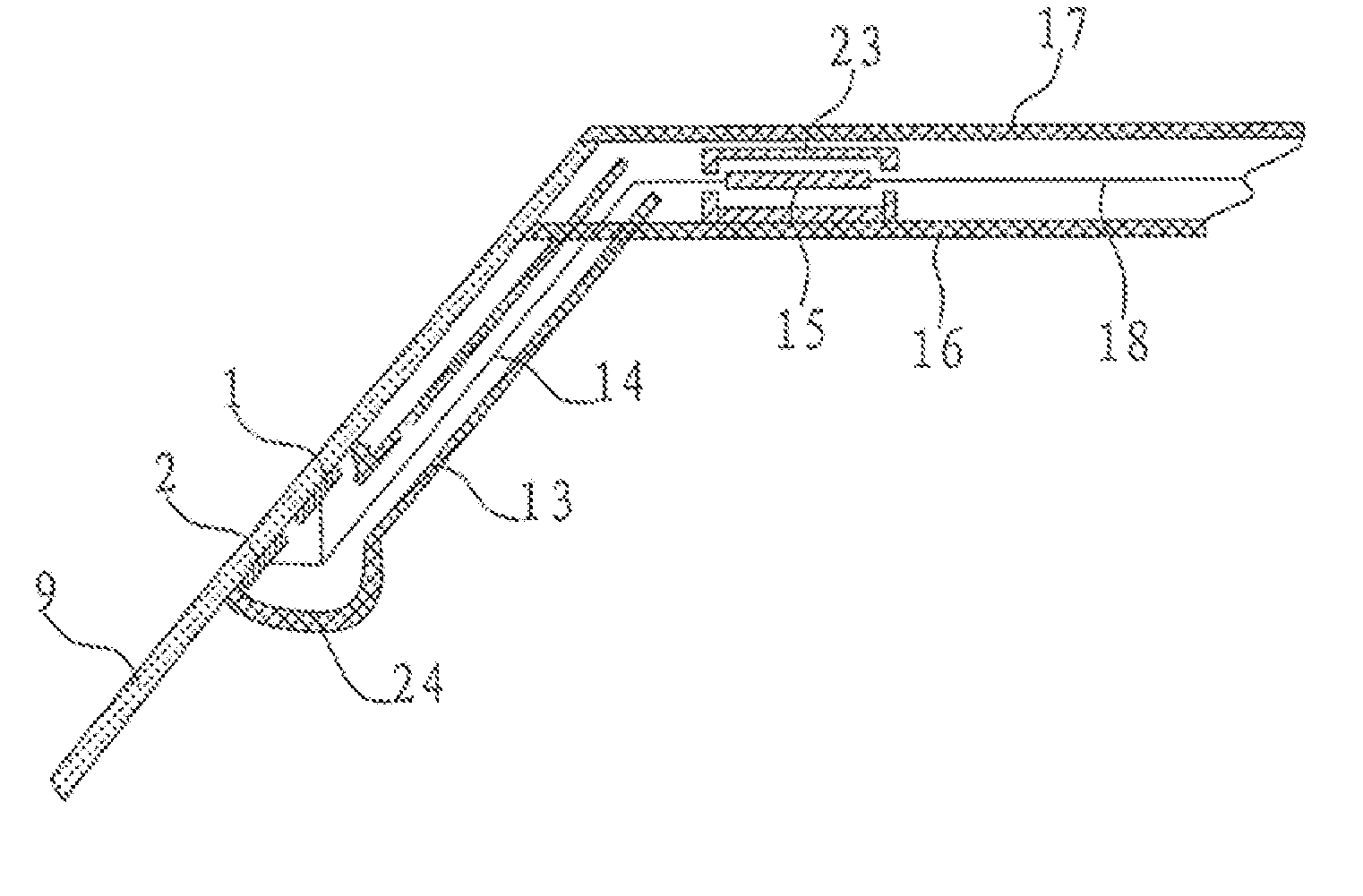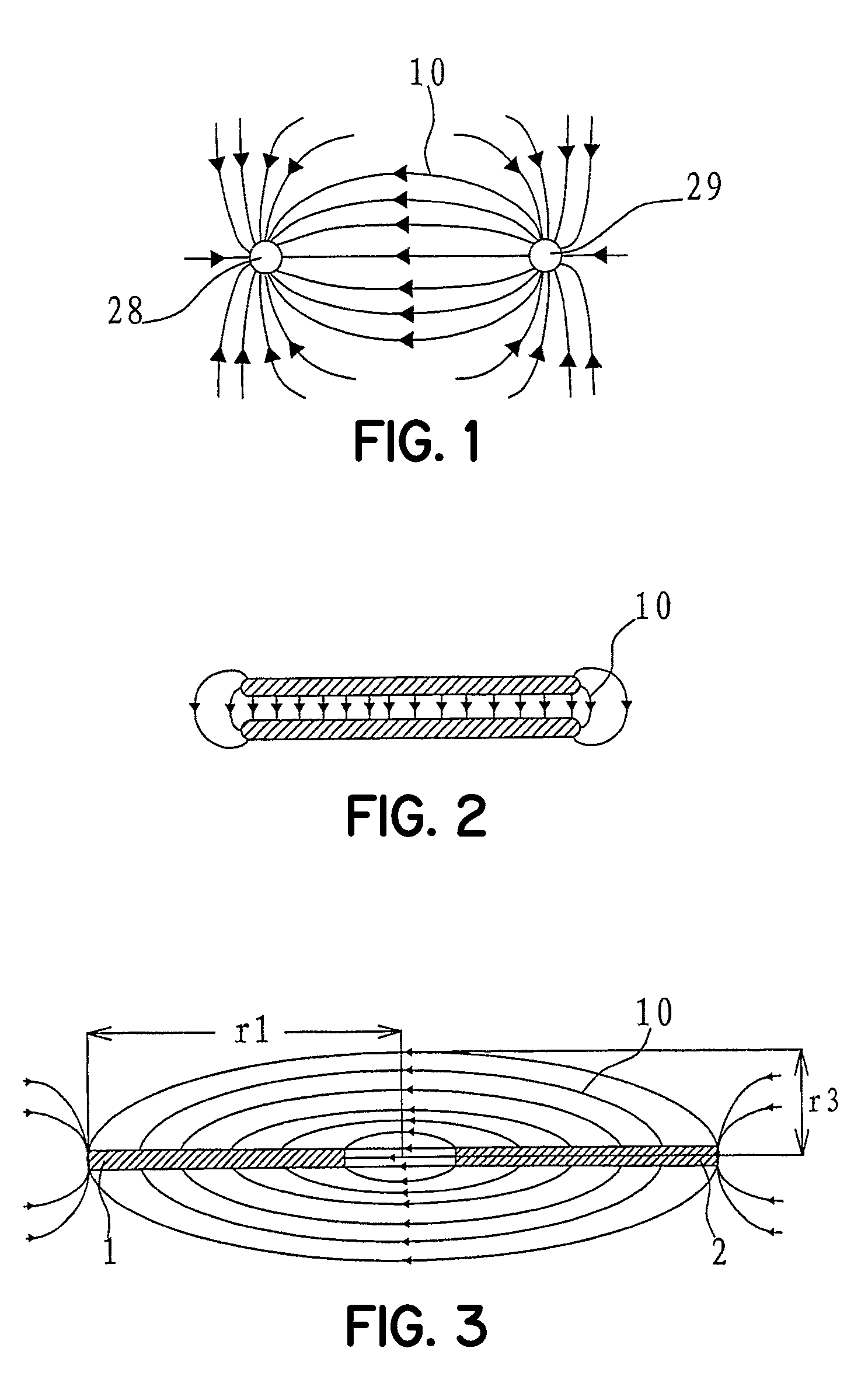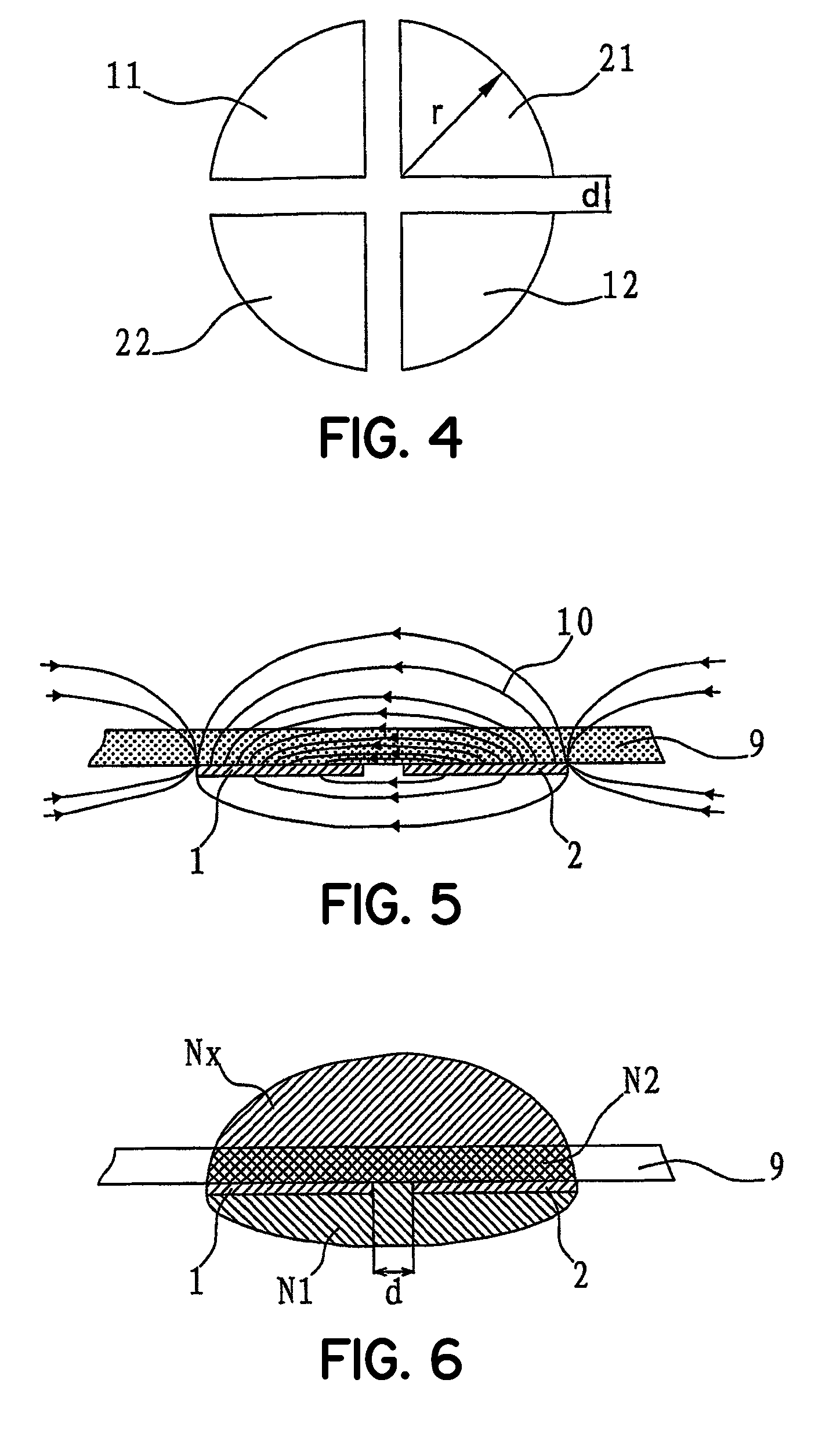In rainy days or in environment with
high humidity, heavy rainwater or
fog on the surface of automobile windshield often affects the
sight of drivers.
However, existing technologies cannot provide an economical, practical, and
mass market oriented method for sensing rain or fog on windshield automatically.
However, frequently adjusting air outlet direction by hand will distract the driver and cause safety problems.
The key technology of automatic demisting
system is
fogging sensor technology, objectively speaking, up to now, no practical
fogging sensor for automobiles has been found around the world.
Key technology of automatic wiper system in prior art is raindrop sensor technology, objectively speaking, up to now, raindrop sensor technology is still not mature enough around the world.
Although some renowned automobile manufacturers, such as Volkswagen, Chrysler and Citroen have successfully equipped automatic wiper system on their cars, the immature raindrop sensor technology has brought a series of regrets including difficult installation, high cost and high mistaken action rate, etc.
Since most built-out raindrop sensors cannot be directly installed on outer surface of windshield within the scope where wiper can reach, they can only sense rainfall without sensing brushing effect of the wiper; consequently, only open-
loop control system for wiper can be formed, and close-
loop control system reflecting brushing effect of the wiper cannot be formed.
In addition, built-out raindrop sensors have also such defects as easy to be polluted and damaged; hence, built-out raindrop sensor is seldom applied in automobile industry.
The cost of apparatus,
data processing circuit and computer for this kind of
photoelectric sensor is very high, thus it has not been applied in automobile industry at present.
In most cases, the emitter of photoelectric raindrop sensor is a
point source of light, though lens or
prism can be used to scatter the beam to a certain extent to expand
refraction area, this will bring negative influence to the sensitivity of
receiver component.
Consequently, practical measurement area of photoelectric raindrop sensor is usually within 1-2 sq. centimetres; of course, more pairs of emitting and receiving ends can be used to enlarge measurement area, but this will greatly increase the cost.
Unable to measure thickness of rainwater adhered to windshield surface.
Therefore, photoelectric raindrop sensor cannot reflect variations in the thickness of rainwater.
Be vulnerable to interference of pollutants.
When the outer surface of automobile windshield is polluted by pollutants (such as: dust, mud,
stain and bodies of dead insects), the
refractive index of beams will also change a lot, the automatic wiper will be caused undesired actions due to the fact that the photoelectric raindrop sensor cannot distinguish pollutants from rainwater.
The working principle of photoelectric raindrop sensor has a bad adaptability to different automobile windshields, materials of the windshield will influence
refractive index and
reflectivity, thickness of the windshield will influence installation angle and location of both emitting end and receiving end, so different photoelectric raindrop sensors must be designed for different automobile windshields.
High cost of material, installation and man-hour.
The cost of materials of photoelectric emitting and receiving device, lens and
prism system and fasteners which photoelectric raindrop sensor required are higher, installation and man-hour cost are also very high due to high requirements for installation techniques, these are the fundamental reasons why automatic wiper system only appeared in medium and high class vehicles at present time.
This sensor has typical demerits of built-out rainwater sensor, i.e. it cannot reflect brushing effect of the wiper and cannot form close-
loop control system; it is vulnerable to be polluted and damaged and has a complicated structure.
Meanwhile, the problem of electric connection of sense element must be resolved if performing contact measurement by installing sense element on outer surface of automobile windshield, so the technical solution of above-mentioned patent provides a very complicated non-contact connection method which forming a parallel-plate
coupling capacitor between the crack of two
layers of glasses and outer surface of automobile windshield, and the installation cost of this method must be high due to its over complicated technology.
This sensor has typical defects of built-out rainwater sensor, which cannot reflect brushing effect of the wiper, and is incapable of forming close-loop
control system; besides, it is vulnerable to be polluted and damaged with complicated structure.
The primary defect of said sensor is that it requires the capacitor plate must be installed between the two
layers of glasses and the two functional films, which will no doubt limits applicable scope of this sensor, Because the windshields applied in automobile industry is available in both double
layers and single layer at present.
Besides, this sensor also has defects such as complicated structure, difficult installation, and trouble of wiring, etc.
 Login to View More
Login to View More  Login to View More
Login to View More 


